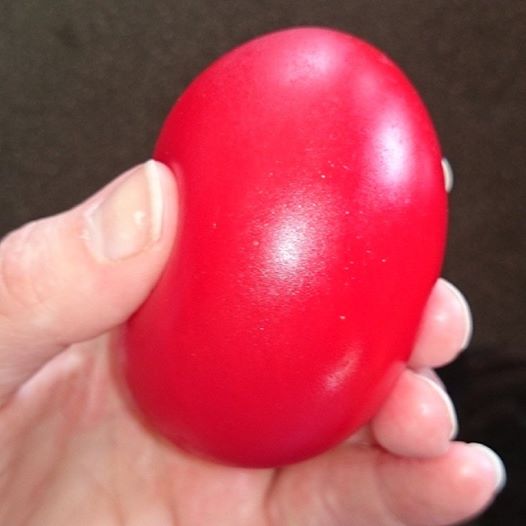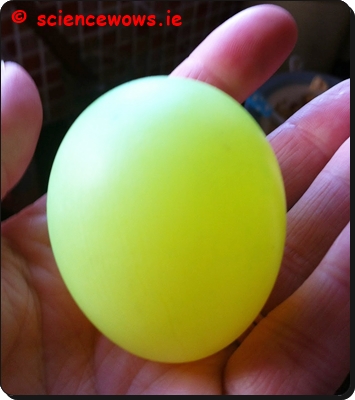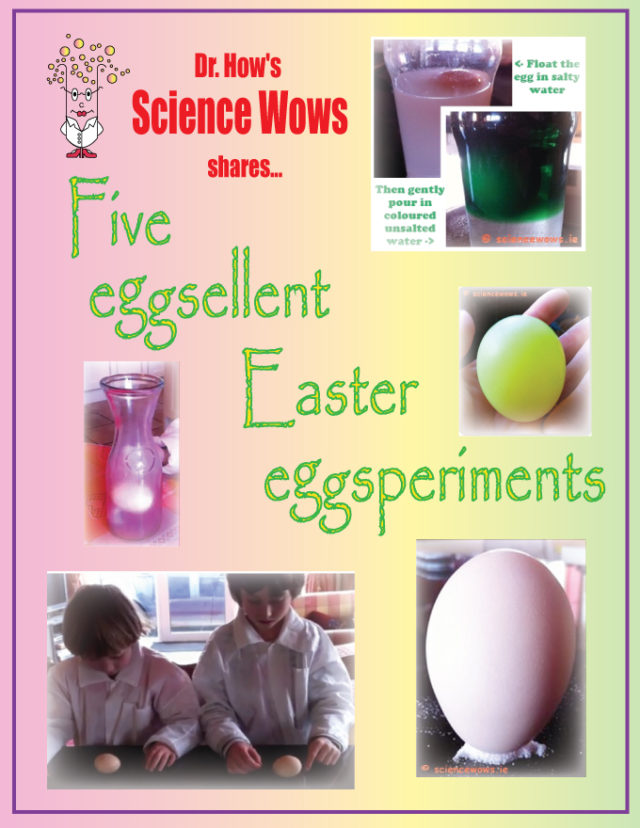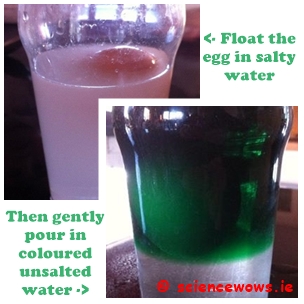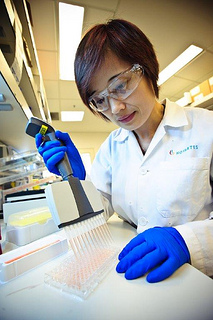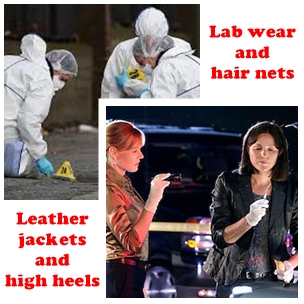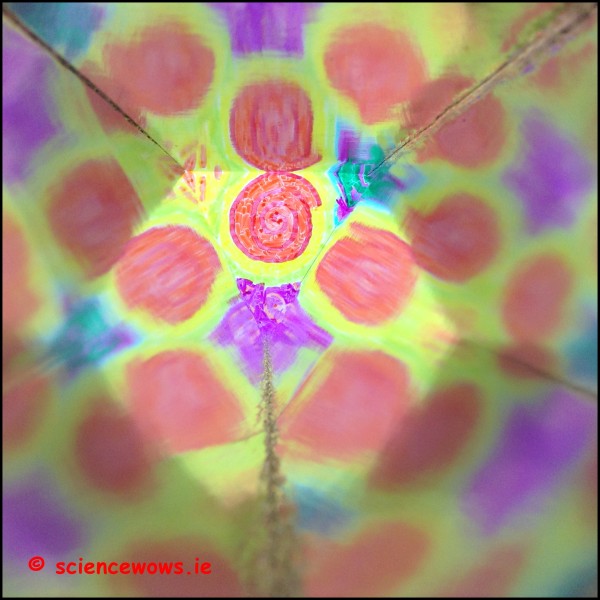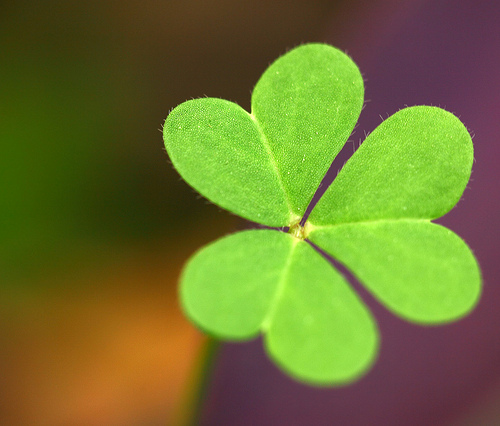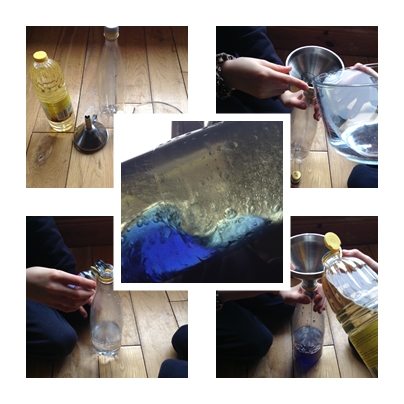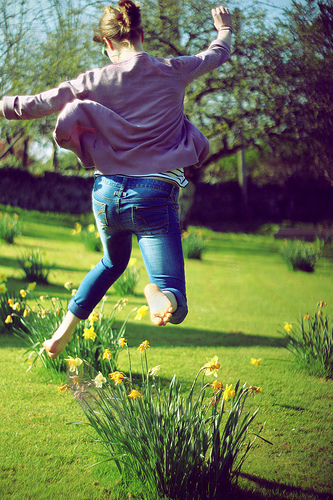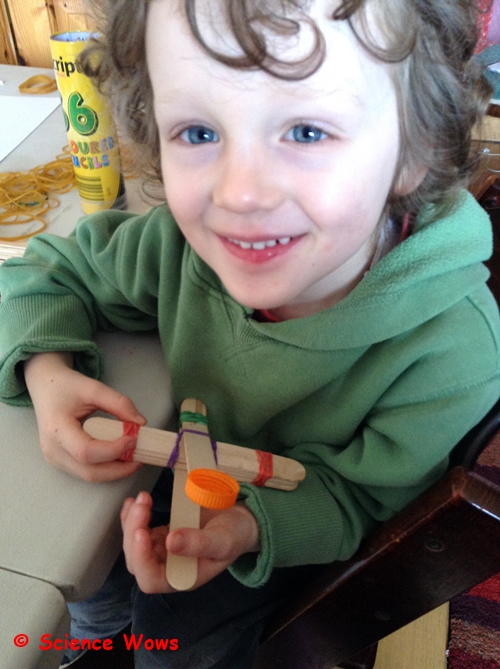We love magnets in this house. Some rainy days my children like to take out my box of magnets and are happy to play away with them for hours. Recently I brought my magnet collection along to local Beavers Club for the children to explore and learn… and play some great magnet games. This game was a favourite so I thought I would share it with you!
Before you start this game you might want to let the children explore how magnets work, how they attract or repel each other and how all magnets have two sides, a North and a South. Explain the invisible magnetic forces at play. Check out this post on magnets before you get started!
“Herding sheep” magnet game

For this game you will need some magnets* (two per player), a table, some cotton balls and some duct tape or masking tape.
*We used torpedo magnets for this but any magnets will do once they can attract each other through the table… so the choice of table is important. Wood is good, or plastic, but thin and without many/any crossbeams or bars underneath. We used a light chipboard wallpapering table.
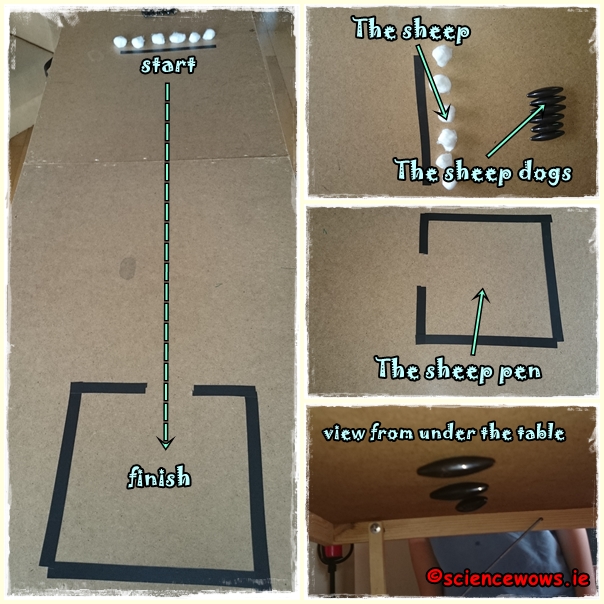
Set Up:
Using the tape mark a starting line at one end of the table and a box with a small opening at the other end; this is the “sheep’s pen”.
Place one magnet from each pair on top of the table and the other under the table… the magnet under the table should be held in place by it’s attraction to the magnet above. Each child is designated a pair of magnets, these represent the sheep dogs.
Place the cotton balls (these are the sheep) behind the starting line.
The aim of the game:
The aim of the game is that the children must “herd” the sheep along the table and into the “pen” at the other end. They can only move the “sheep dog” by moving the magnet under the table! The children keep going until all the sheep are transferred to the pen.
You can use a timer for this game if you wish. Time how long each team takes or get a group of children to try again and see if they can beat their previous time.
Ready-Steady-Go!
Ready-Steady-Go… let the fun begin! I have yet to meet a child (or adult) who does not get totally engrossed in this game!
Here is a game in action in our house…
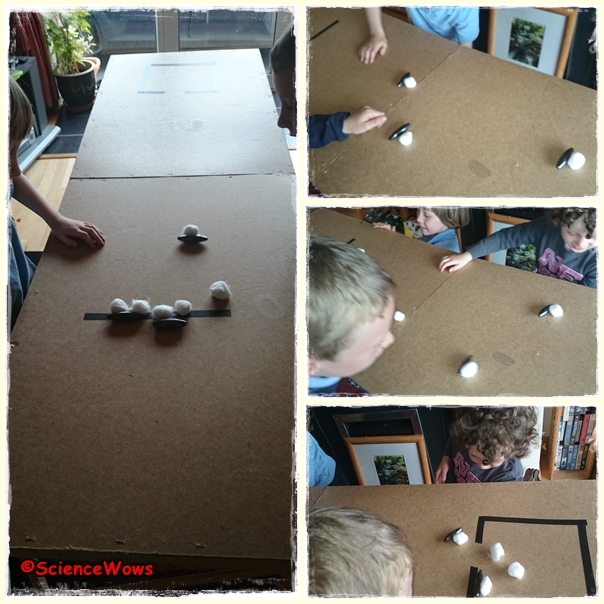
What do they learn?
This game is great for children’s fine motor skills and coordination, it also teaches children to work as a team. Children learn about the attractive forces between magnets. You can follow on this game by asking the children if they think the magnets would still be attracted through other materials… paper, plastic, glass?
Make it your own:
Once the children get the idea of the game they will probably come up with their own modifications. What else could you try? Adding obstacles along the route? trying magnets of different shapes and strengths? Changing the number of sheep? What about replacing the top magnet with something metal?
The only limit to this game is the child’s imagination… which is usually limitless! I hope you enjoy!
What would you alter? If you come up with a different way to play this game please do let me know!

Next week we will share another favourite game and learn a little about compasses too, so see you next Friday for Part 2!


